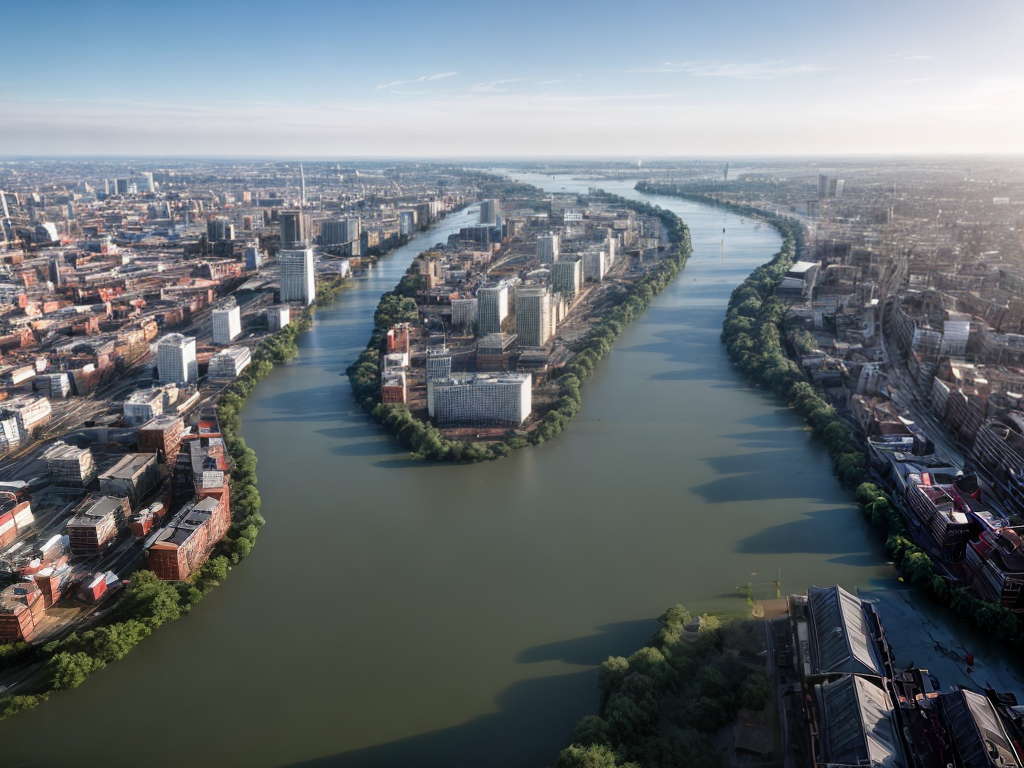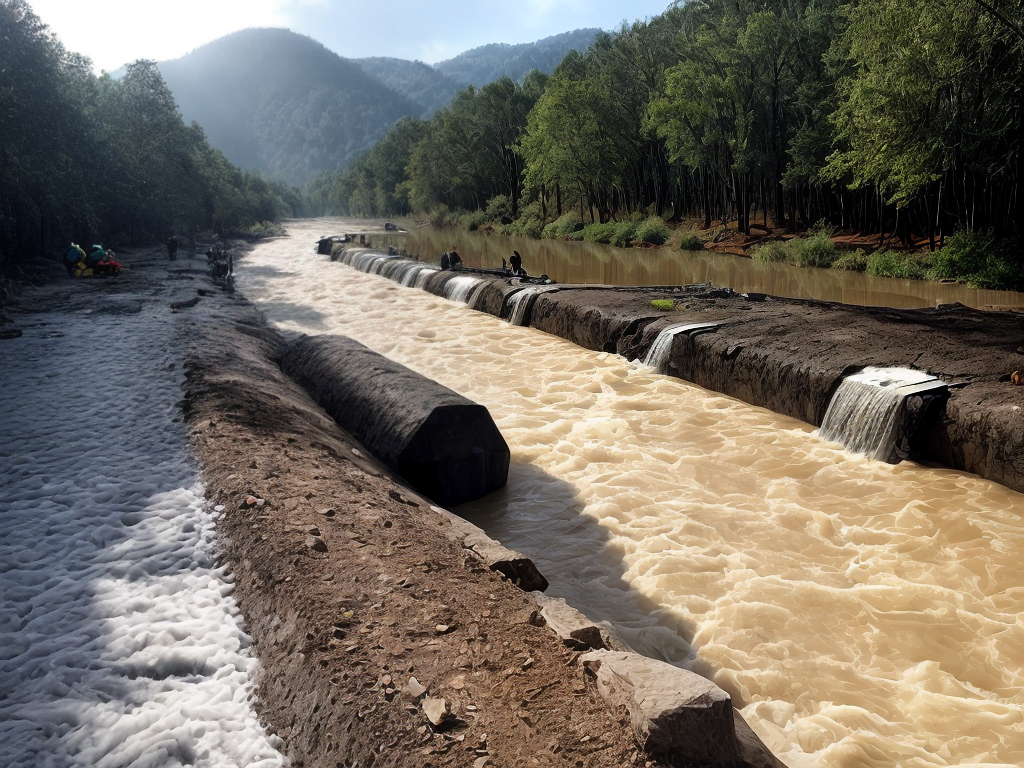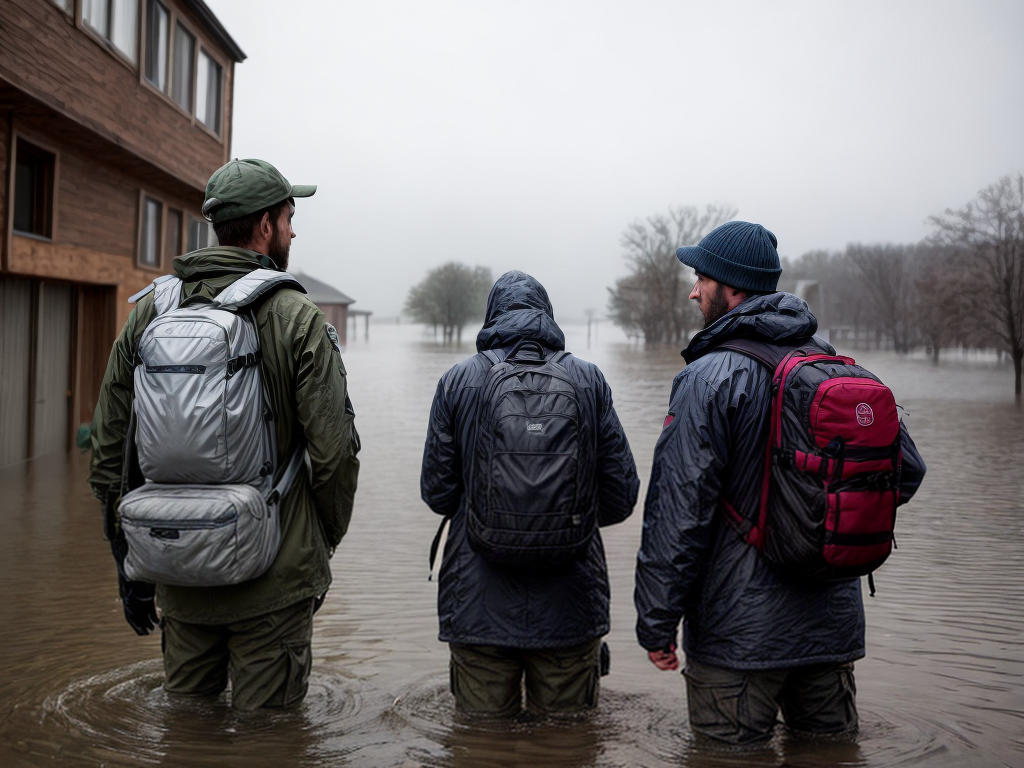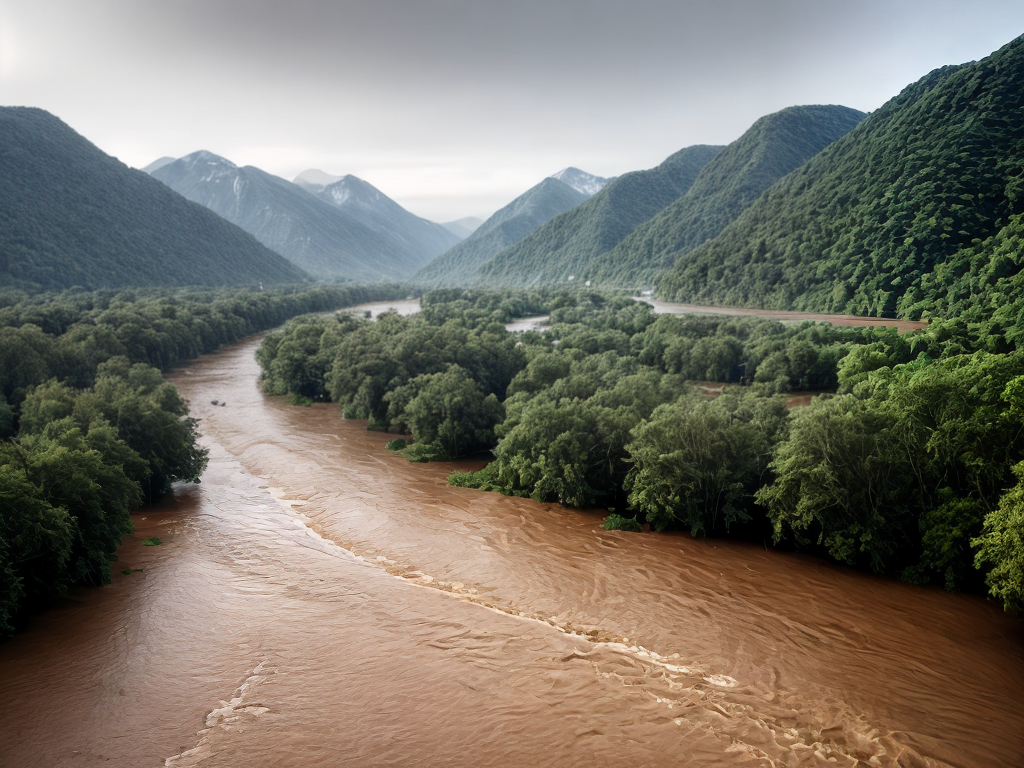Flooding is a recurring natural disaster that affects millions of people worldwide. As climate change intensifies, the need for sustainable solutions to mitigate the impact of floods becomes increasingly urgent. The Netherlands, a country renowned for its innovative water management techniques, offers valuable lessons on how to harness the power of nature for effective flood control. In this article, we will explore the sustainable practices employed by the Netherlands and how they can be implemented in other regions facing similar challenges.
The Dutch Approach to Flood Control
A Brief History
The Netherlands has a long history of dealing with flooding due to its geographical location below sea level. Over the centuries, the Dutch have developed an extensive system of dikes, canals, and water management infrastructure to protect their land from inundation. However, in recent years, they have adopted a more holistic approach that combines traditional engineering solutions with nature-based strategies.
Embracing Nature-Based Solutions
One of the key principles of the Dutch approach to flood control is the integration of nature-based solutions into their water management strategies. Instead of solely relying on hard infrastructure, such as dams and barriers, the Netherlands recognizes the value of working with nature to create resilient and sustainable systems. This approach not only helps mitigate the impact of floods but also provides additional benefits for the environment and local communities.
Building with Nature
The concept of “Building with Nature” lies at the heart of the Dutch approach. It involves using natural materials and processes to strengthen coastal and riverine areas against flooding. For example, instead of constructing concrete walls, the Netherlands has embraced the use of sand dunes, salt marshes, and oyster reefs to act as natural buffers against storm surges. These natural features not only dissipate wave energy but also provide habitat for various plant and animal species.
Creating Room for the River
To prevent rivers from bursting their banks during periods of heavy rainfall, the Netherlands has implemented a unique strategy known as “Room for the River.” This approach involves creating additional space along river corridors to accommodate excess water. By excavating side channels, lowering floodplains, and constructing flood-resistant areas, the Dutch have effectively increased the capacity of their rivers to handle surges in water levels. This not only reduces the risk of flooding but also provides opportunities for recreational activities and enhancing biodiversity.
Sustainable Urban Design
In addition to protecting rural areas, the Netherlands has also prioritized flood-resilient urban design. Cities like Rotterdam and Amsterdam have implemented innovative flood-adaptive measures, such as floating homes, green roofs, and water squares. These initiatives not only help manage stormwater but also enhance the livability and sustainability of urban areas. By integrating nature into the built environment, the Dutch have transformed potential vulnerabilities into assets that contribute to a more resilient society.
Benefits of Nature-Based Flood Control
Environmental Benefits
Nature-based flood control measures offer numerous environmental benefits. By restoring and creating natural habitats, these solutions enhance biodiversity and promote ecological resilience. Wetlands, for example, act as natural sponges, absorbing excess water during floods and gradually releasing it during drier periods. Additionally, nature-based solutions contribute to carbon sequestration, mitigating the impacts of climate change.
Social and Economic Benefits
The Dutch experience has shown that nature-based flood control measures bring about significant social and economic advantages. By involving local communities in the planning and implementation of these strategies, the Netherlands has fostered a sense of ownership and resilience among its citizens. Moreover, nature-based solutions create job opportunities in sectors such as habitat restoration, eco-tourism, and sustainable agriculture, thus contributing to local economies.
Implementation Challenges and Lessons Learned
While the Dutch approach to flood control is undoubtedly successful, it is not without its challenges. Implementing nature-based solutions requires careful planning, coordination, and long-term investment. Additionally, adapting these strategies to different geographical and climatic conditions can be complex. However, the lessons learned from the Dutch experience can guide other regions in their pursuit of sustainable flood control.
Conclusion
The Netherlands serves as a shining example of how to unlock the power of nature for effective and sustainable flood control. By embracing nature-based solutions, such as “Building with Nature” and “Room for the River,” the Dutch have not only mitigated the impact of floods but also created resilient ecosystems and thriving communities. The integration of nature into flood control strategies offers a multitude of benefits, ranging from environmental preservation to social and economic prosperity. As the world grapples with the increasing challenges of climate change, the Netherlands’ approach can serve as a beacon of hope, inspiring other nations to harness the power of nature in their quest for a flood-resilient future.















